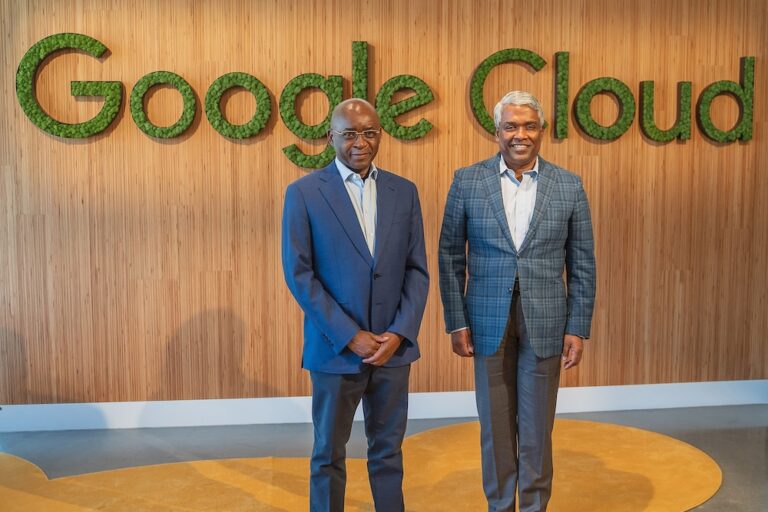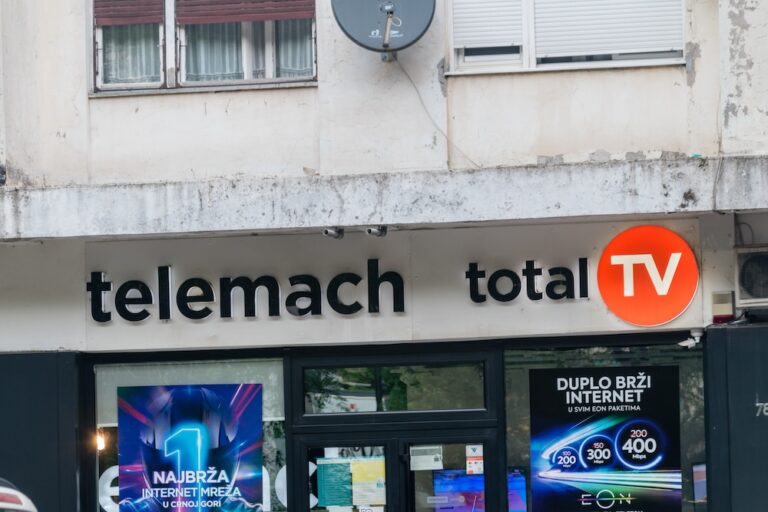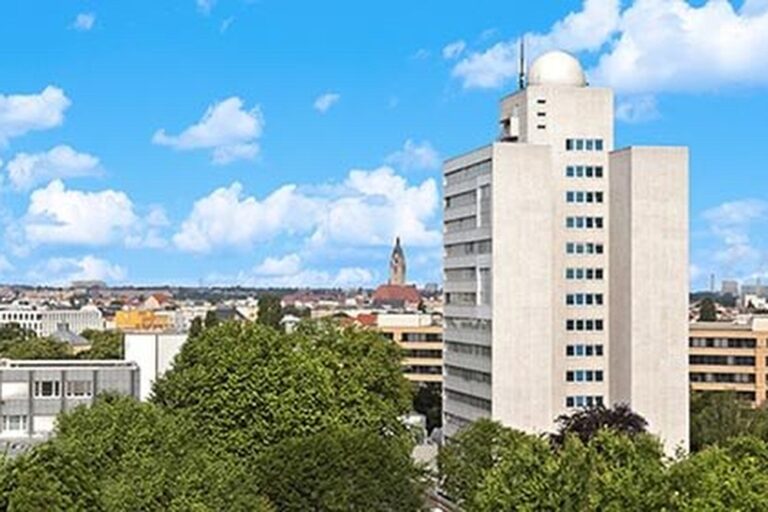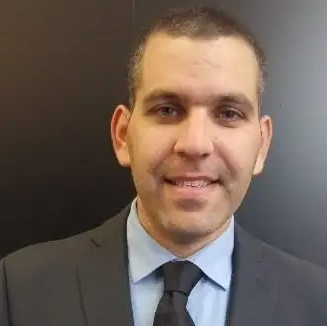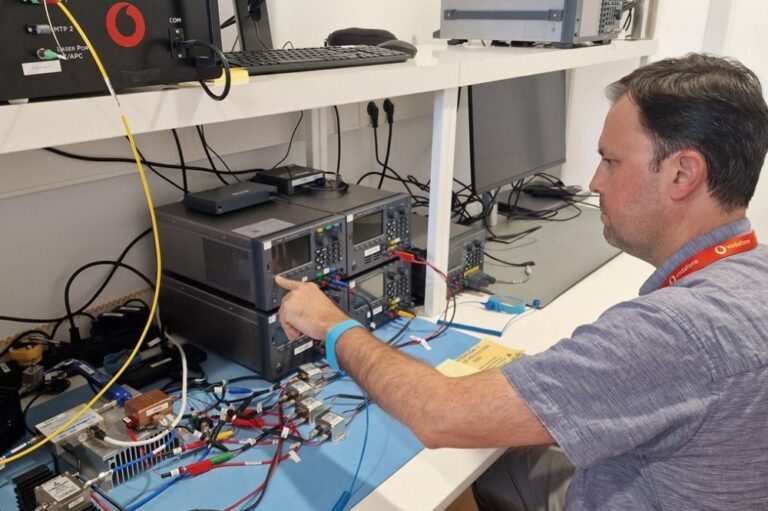The two have launched a new technology hub, at the OGR Tech, is dedicated to developing and experimenting with the Cloud and AI
Long-term partners TIM and Google Cloud have built their first customer innovation centre at the OGR Tech – OGR Turin innovation hub that will be home to an intelligent laboratory dedicated to developing and experimenting with cloud technologies and AI to demonstrate the technologies’ potential when applied to different segments such as smart cities, tourism, manufacturing, retail and finance. It joins the existing centre, where TIM Enterprise and Google Cloud continue to operate at the Opening Future Hub in collaboration with Intesa Sanpaolo.
The move comes as Italy positions itself to lead the AI debate in Europe. Last month the government earmarked an initial investment of up to €1 bn to promote AI projects and startups, which will be backed by state lender Cassa Depositi e Prestiti. Prime Minister Giorgia Meloni recently said AI will be among the key issues of Italy’s presidency of the G7, which lasts until the end of this year.
This week Accenture published a study that concluded Italian companies could increase the added value they create by about €50 billion euros by 2030 with the generalised use of generative Artificial Intelligence (AI), according to Reuters.
In for the long-haul
The collaboration between TIM and Google Cloud dates back to 2020. TIM Group built new data centres to be the backbone infrastructure for two new Google Cloud regions in Italy. The Piedmontese capital is already home to one of the two Google Cloud regions, inaugurated in March last year. The Turin Region is housed in one of TIM Enterprise’s 16 data centres.
TIM’s cloud company Noovle is a key Google Cloud partner in Italy and was responsible for migrating just over a quarter (26%) of TIM’s private cloud solutions from on-premises data centers to Google Cloud, using Compute Engine to create and run virtual machines.
In 2020, TIM and Google Cloud launched of the first platform in Italy that enabled smart mobility on TIM’s Edge Cloud 5G technology. The platform combines the Google Distributed Cloud Virtual software with TIM’s Telco Cloud infrastructure and 5G mobile network. That project used TIM’s 5G network in the Bologna and Modena area to allow MASA (Modena Automotive Smart Area) and the University of Modena and Reggio Emilia test new solutions for self-driving and assisted cars, as well as applications for Advanced Cloud Mobility.
TIM knows which way the wind is blowing
Recent research carried out by the TIM Study Centre in collaboration with Intesa Sanpaolo Innovation Center shows that the AI market is developing strongly in Italy, as elsewhere, with an estimated value of €1.9bn in 2023, growing by 37% per year to around €6.6bn in 2027. This will be supported mainly by investments in the finance, ICT, TLC, manufacturing and retail sectors, with further growth potential in the healthcare, public administration and agriculture segments.
From 2022 to 2026, the cumulative contribution of AI to Italy’s GDP could reach up to €195bn, corresponding to an average annual value of almost 40 billion euros, or about 2% of GDP. The market is beginning to show increasing demand for automation and AI systems, and growth in that demand is estimated to increase by 52%, with both predictive analytics and production optimisation solutions accounting for a significant share: 60% of large companies across various sectors already use AI, according to Politecnico di Milano.
TIM Enterprise and Google Cloud intend to use the innovation centre to translate research into real use cases applicable to the market. There will be a focus on disruptive technologies such as Generative and Predictive Artificial Intelligence, Virtual and Augmented Reality, Machine Learning and the Internet of Things, offering smart solutions capable of developing the competitiveness and business of companies and public bodies against a constantly evolving backdrop.
“We want to simplify the technology choices of companies and public bodies that are now operating in an increasingly fast-paced market where the Cloud and AI are among the main accelerators of digital transformation,” said TIM chief enterprise and innovative solutions officer Elio Schiavo (above). “We are leading players in these sectors – so much so that in 2023 we recorded cloud revenues of €1bn, with a strong growth trend that continued in the first quarter of this year.”
“The new Customer Innovation Center strengthens our relationship with companies, the public administration and our partners, such as Google Cloud, making us increasingly a standard bearer for innovation,” he added.
“Through collaboration and hands-on learning, the centre will equip companies and institutions with the tools to develop innovative solutions that address their specific challenges and place them at the heart of the digital transformation,” said Google Cloud customer engineering director, Italy, Paolo Spreafico.
The operator said demo areas are available in the centre to demonstrate the potential of the applications: these range from TIM Urban Genius, a platform for managing smart cities, and virtual and augmented reality solutions for the immersive enjoyment of content drawn from artistic and cultural attractions to services dedicated to enhancing entertainment, sustainable data centres and the various areas of use for generative and predictive AI.



